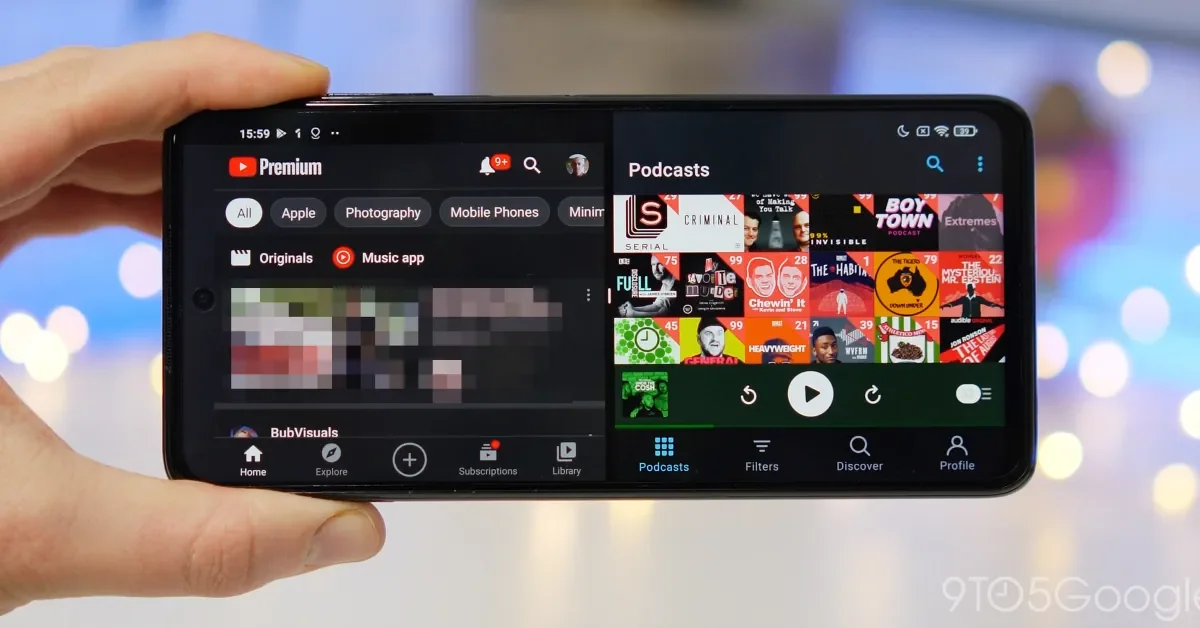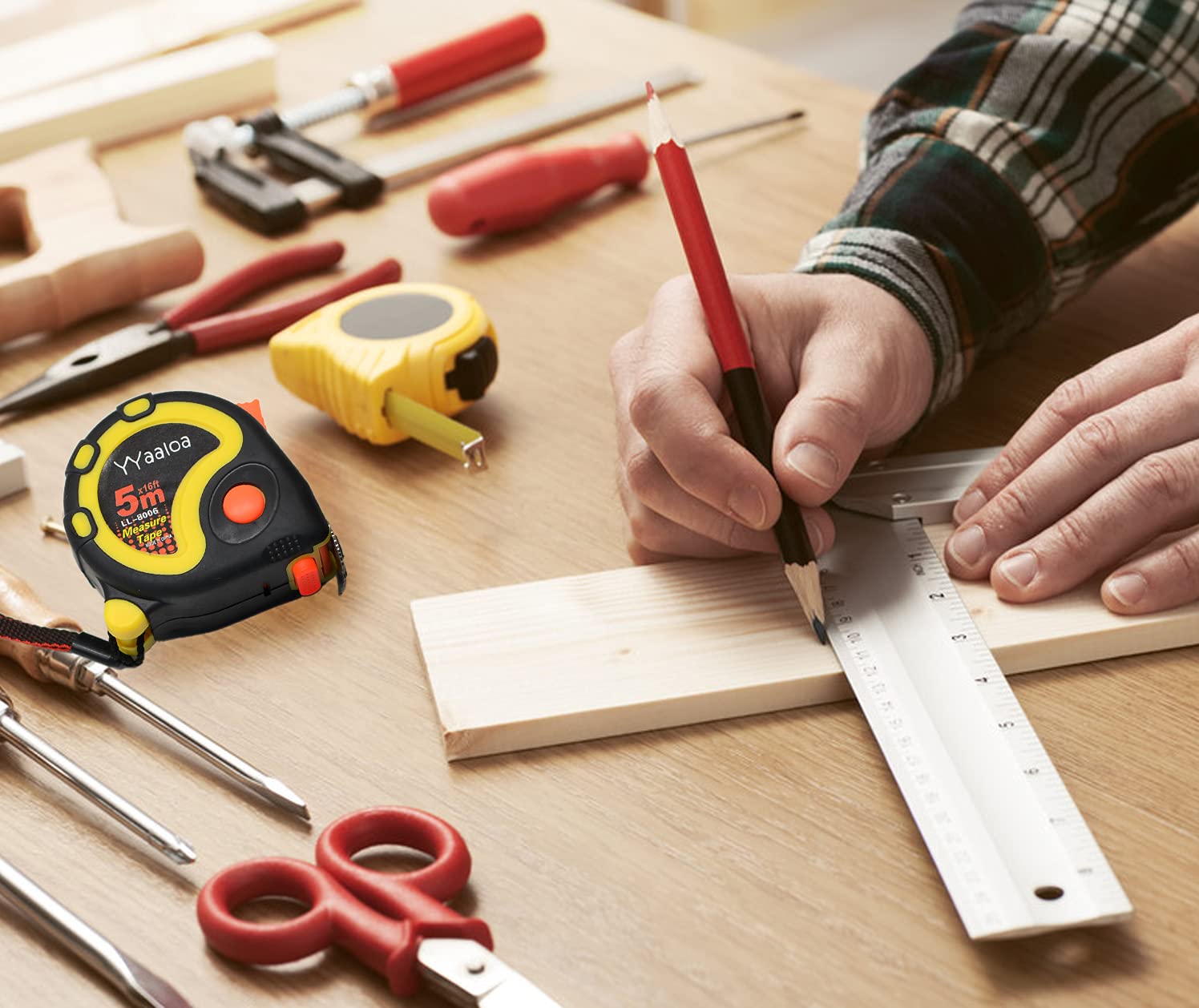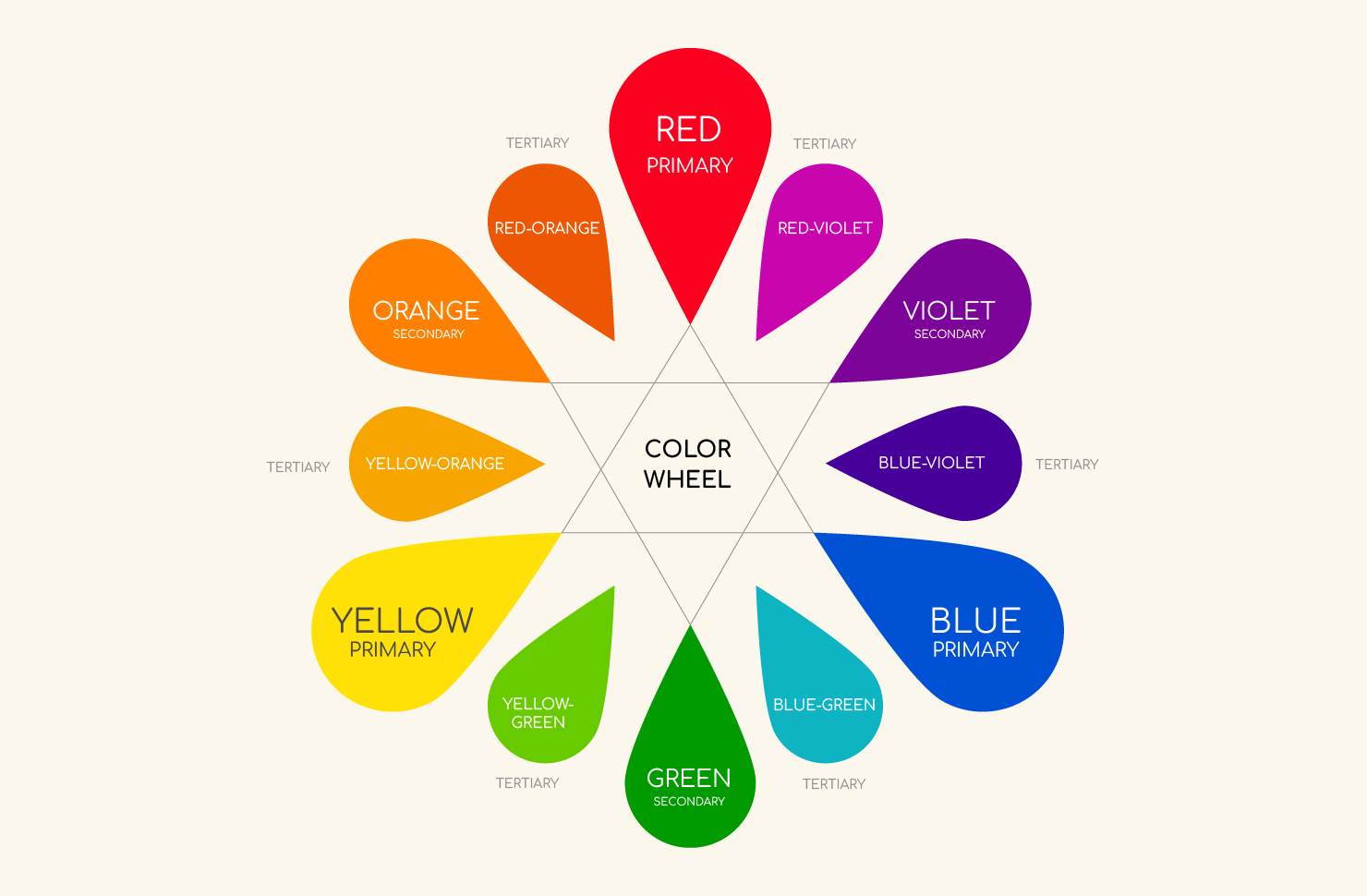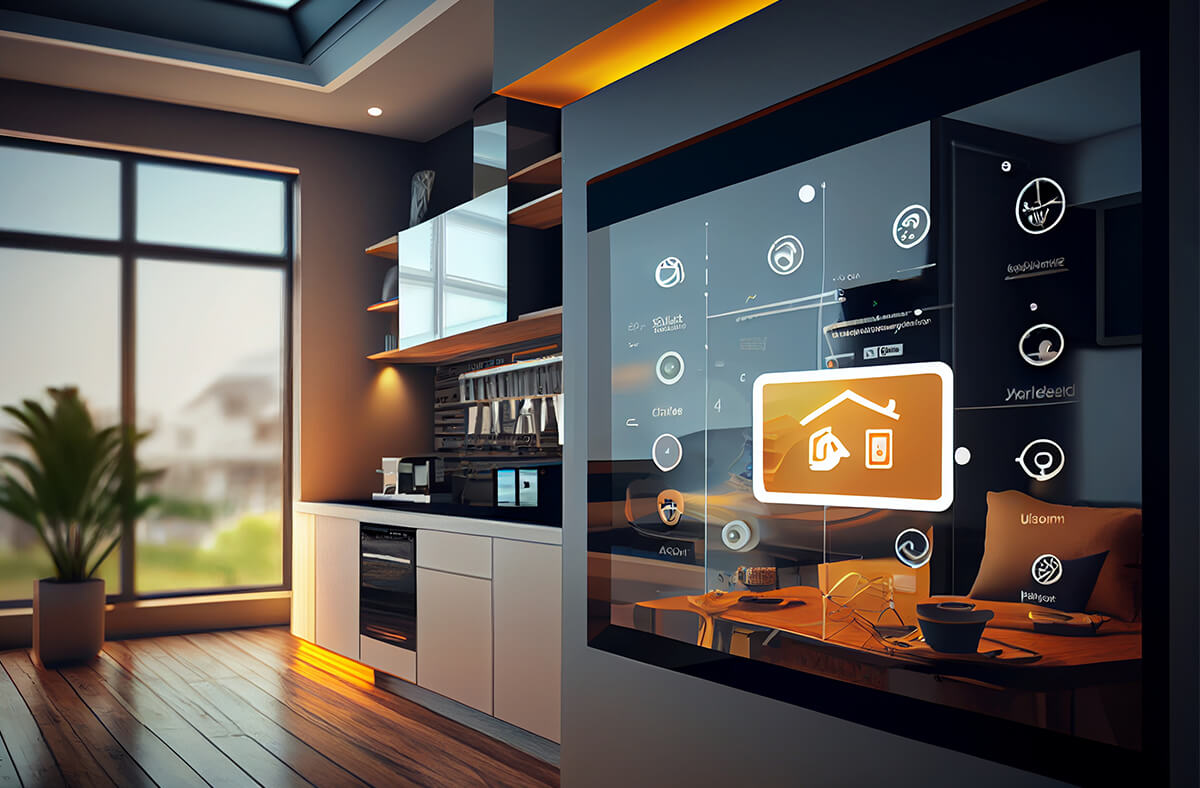How to Choose the Best Productivity Software for Your Needs
Introduction
Choosing the right productivity software can transform how you work, organize, and achieve goals—whether you’re a student, entrepreneur, remote team, or just someone trying to tame digital chaos.
But with so many tools out there—project managers, note apps, calendars, CRMs—how do you know which one’s actually right for you?
In this guide, we’ll walk you through the key factors to consider, break down different software types, and help you pick a tool (or toolkit) that matches your workflow, goals, and personality.
💡 Step 1: Define Your Productivity Style & Needs
Before comparing apps, take a moment to reflect on how you work best. Ask yourself:
-
Do I prefer structure or flexibility?
-
Do I work alone or on a team?
-
Do I need detailed project planning or just simple to-do lists?
-
Is mobile access or offline use important to me?
Pro Tip: Productivity isn’t one-size-fits-all—your habits should guide your software choice, not the other way around.
🛠️ Step 2: Know the Main Types of Productivity Software
Here are the most common categories—and what they’re best for:
| Software Type | Best For | Examples |
|---|---|---|
| Task Managers | To-do lists & daily focus | Todoist, Microsoft To Do |
| Project Management | Teams & timelines | Trello, Asana, Monday.com |
| Note-Taking & Docs | Brain dumps, research, wikis | Notion, Evernote, Google Docs |
| Calendars & Schedulers | Time-blocking & meetings | Google Calendar, Calendly |
| All-in-One Workspaces | Centralized tasks, notes, CRM | Notion, ClickUp, Coda |
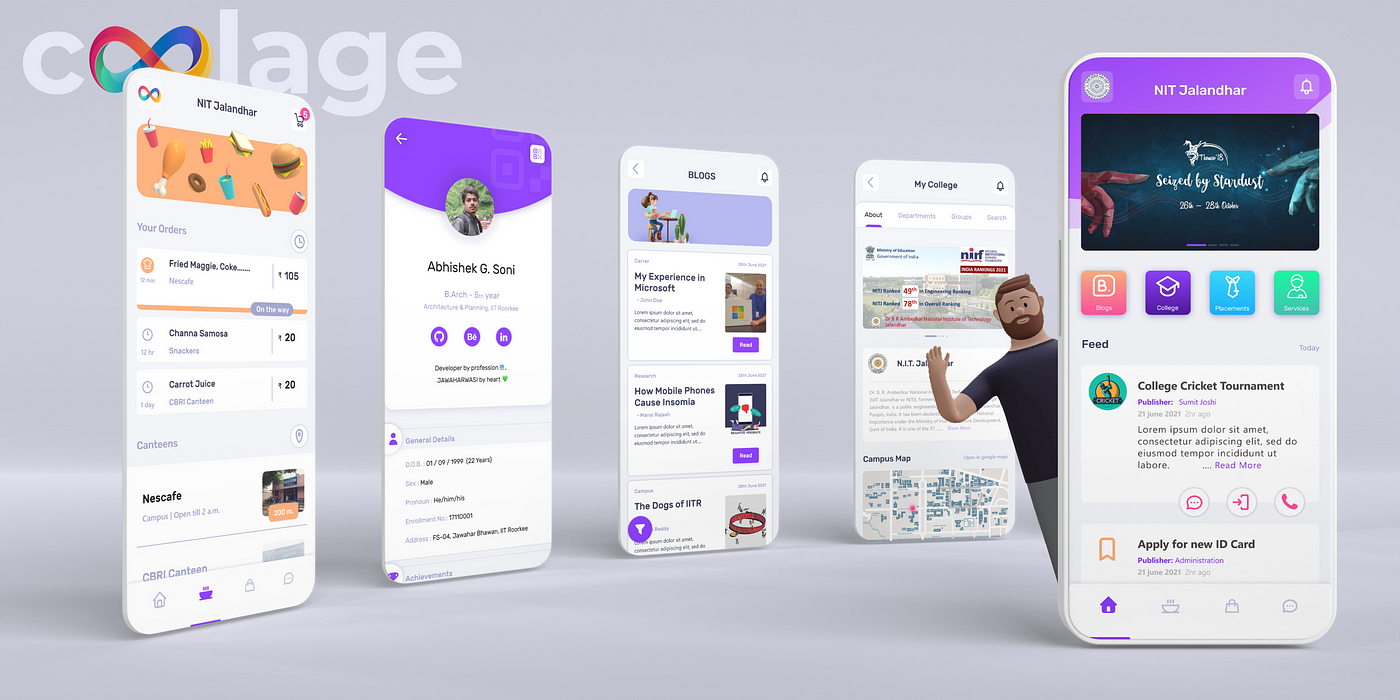
💼 Step 3: Choose Features That Align With Your Workflow
Not all features are equally important to everyone. Prioritize the ones that solve your real problems.
Key Features to Consider:
-
✅ Task tracking & recurring reminders
-
✅ Calendar integration
-
✅ File sharing & document collaboration
-
✅ Mobile app and offline mode
-
✅ Templates, automations, and integrations
-
✅ AI writing, planning, or scheduling assistants
🔄 Step 4: Compare Pricing & Subscription Plans
Most productivity tools follow a freemium model—but premium tiers often unlock powerful features worth the upgrade.
| Tool | Free Plan | Paid Plan Starts At | Notable Premium Features |
|---|---|---|---|
| Notion | ✅ | $8/month | AI, unlimited team sharing |
| Todoist | ✅ | $5/month | Reminders, project templates |
| ClickUp | ✅ | $7/month | Dashboards, custom workflows |
| Trello | ✅ | $5/month | Automation, timeline & map views |
| Evernote | ✅ | $14.99/month | Offline access, full search |
🔬 Step 5: Test and Tweak Before You Commit
Most tools offer free trials—take advantage of them!
Do This During a Trial:
-
Use it daily for at least a week
-
Try both mobile and desktop versions
-
Import a real project or weekly task list
-
Explore integrations with your current apps (Slack, Gmail, Google Drive, etc.)
🧠 Final Thoughts
The best productivity software is the one that helps you feel organized, not overwhelmed. It should support your goals—not become another task to manage.
Start small. Try a few tools. Pay attention to what actually makes you feel calmer, clearer, and more in control. Once you find your match, you’ll wonder how you ever worked without it.
editor's pick
news via inbox
Nulla turp dis cursus. Integer liberos euismod pretium faucibua
